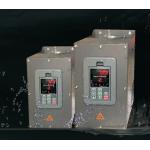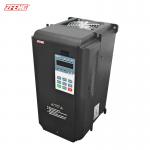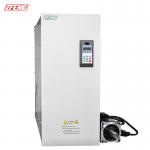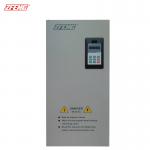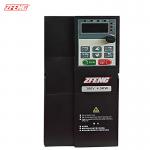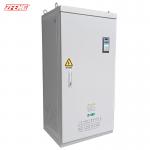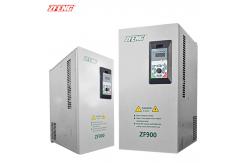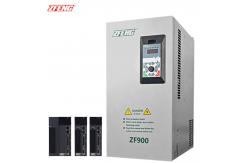Variable Frequency Drive (VFD) is a device that utilizes power
electronics technology to achieve precise control of AC motor speed
and torque by changing the frequency and voltage of the motor's
operating power supply. It is widely used in industrial automation,
energy conservation, equipment optimization and other fields, and
is one of the core components of modern motor control systems.
Working Principle
The frequency drive is mainly composed of a rectifier unit, a
filtering unit, an inverter unit, and a control unit:
1. Rectification unit: converts AC power (such as 50Hz/60Hz) into
DC power.
2. Filtering unit: Smooth DC power to reduce voltage fluctuations.
3. Inverter unit: converts DC power into AC power with adjustable
frequency and voltage to drive the motor.
4. Control unit: precise control of output frequency, voltage,
torque and other parameters is achieved through a microprocessor or
DSP chip.
Core function: By adjusting the output frequency, the synchronous
speed of the motor can be changed (n=60f/p, where f is the
frequency and p is the pole number), thus achieving stepless
adjustment of the motor speed.
The advantages of our frequency drive
- Energy saving:
By adjusting the motor speed, unnecessary energy consumption can be
reduced.
In loads such as fans and pumps, the energy-saving effect is
significant, usually saving 20% -50% of energy. - Improve device performance:
Realize soft start of the motor to reduce the impact on the power
grid and mechanical equipment.
Improve the dynamic response speed and control accuracy of the
equipment. - Extend equipment lifespan:
Reduce mechanical wear and reduce equipment failure rate.
Protect the motor from abnormal conditions such as overload,
overvoltage, undervoltage, etc. - Flexible control:
Support multiple control modes to meet different application
requirements.
It can be integrated with control systems such as PLC and DCS to
achieve automation control.
